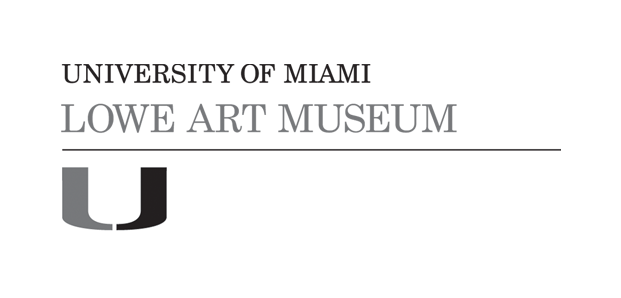Face Mask (Kore Sulaw)
Datenot dated
CultureBamana
Mediumwood and cowrie shell
DimensionsOverall: 11 7/8 x 6 3/8 x 4 in. (30.2 x 16.2 x 10.2 cm)
ClassificationsCostumes and Accessories
Credit LineGift of Alan Potamkin
Object number2007.48.114
DescriptionThis mask was probably worn by one of the three divisions of initiates of Kore, a Bamana society for confirming the status of young men as adult males ready to take on the responsibilities of family and community relations and to deal with the powers of nature. The annual Kore ceremony comes at the end of the dry season when members of Kore battle with nature to produce rain. Their other responsibilities are also suggested through the use of hunting or warlike metaphors. Their relationship to nature is a proactive, aggressive one. Each graduating Kore class is divided into three groups, each wearing its distinctive masks: the Surukuw (hyenas), the Juraw (lions), and the Sulaw (monkeys). This mask is one of the Sulaw class, based on the black colobine monkey (Colleyn, pp. 97-98). It is characterized by bulging forehead and emphatic brow over circular eyes. Its nose is large and it has a low, rather wide mouth. This particular mask apparently had inlaid teeth of another material and has a cowrie shell embedded above the mouth. The central crest, incised facial markings and other anthropomorphic qualities are not unusual for this type of mask. The wood is typical and shows signs of age and use.













